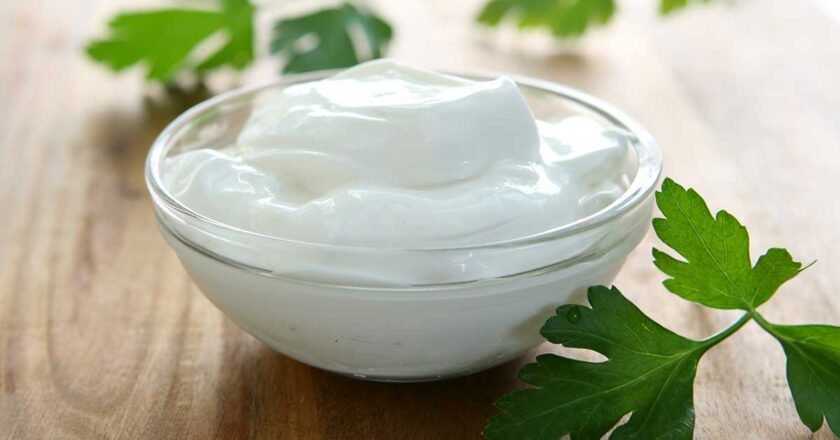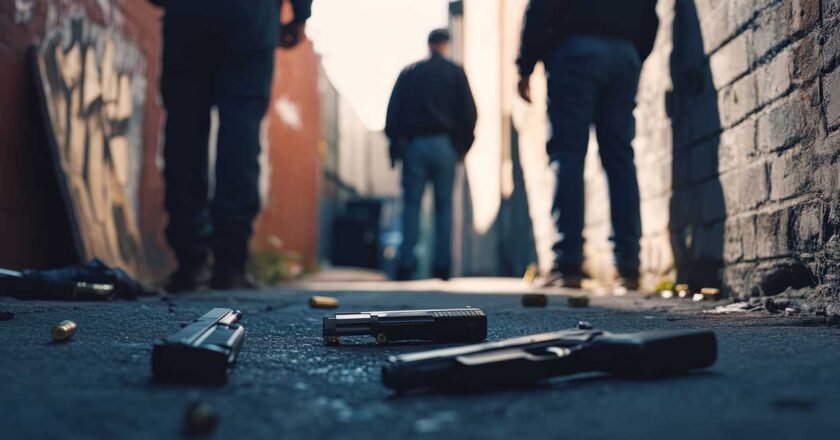If you’ve walked past the Centro Cultural Riviera after sunset this week and wondered why the building suddenly looks alive, …


If you’ve walked past the Centro Cultural Riviera after sunset this week and wondered why the building suddenly looks alive, …

State Government Highlights Responsible Budget, Inflation-Only Adjustments The Baja California state government has officially confirmed that there will be no …

If you’ve lived in Baja long enough, you know our political drama doesn’t walk—it sprints. And this week, it tripped …

If there’s one thing that consistently confuses newcomers, long-timers, and every hungry traveler stuck in the dairy aisle at Calimax, …

Hey Baja fam! Grab your hot cocoa and get ready for some seriously cool news. Our favorite mountain range, the …

When Marina del Pilar Ávila Olmeda stood before the podium for her fourth government-report in Baja California, she laid out …

When you hear “new police project,” you probably don’t expect art programs, mountain bases, and talk about “human values.” But …

You’d think by now people would know that tequila and traffic don’t mix. Yet here we are, still watching lives …

Primo Tapia Finally Gets a Flush It’s actually happening. Primo Tapia, that beachy, taco-scented stretch just south of Rosarito, is …

Early this year, people in Tijuana started showing up at community centers with guns wrapped in towels, plastic bags, and …